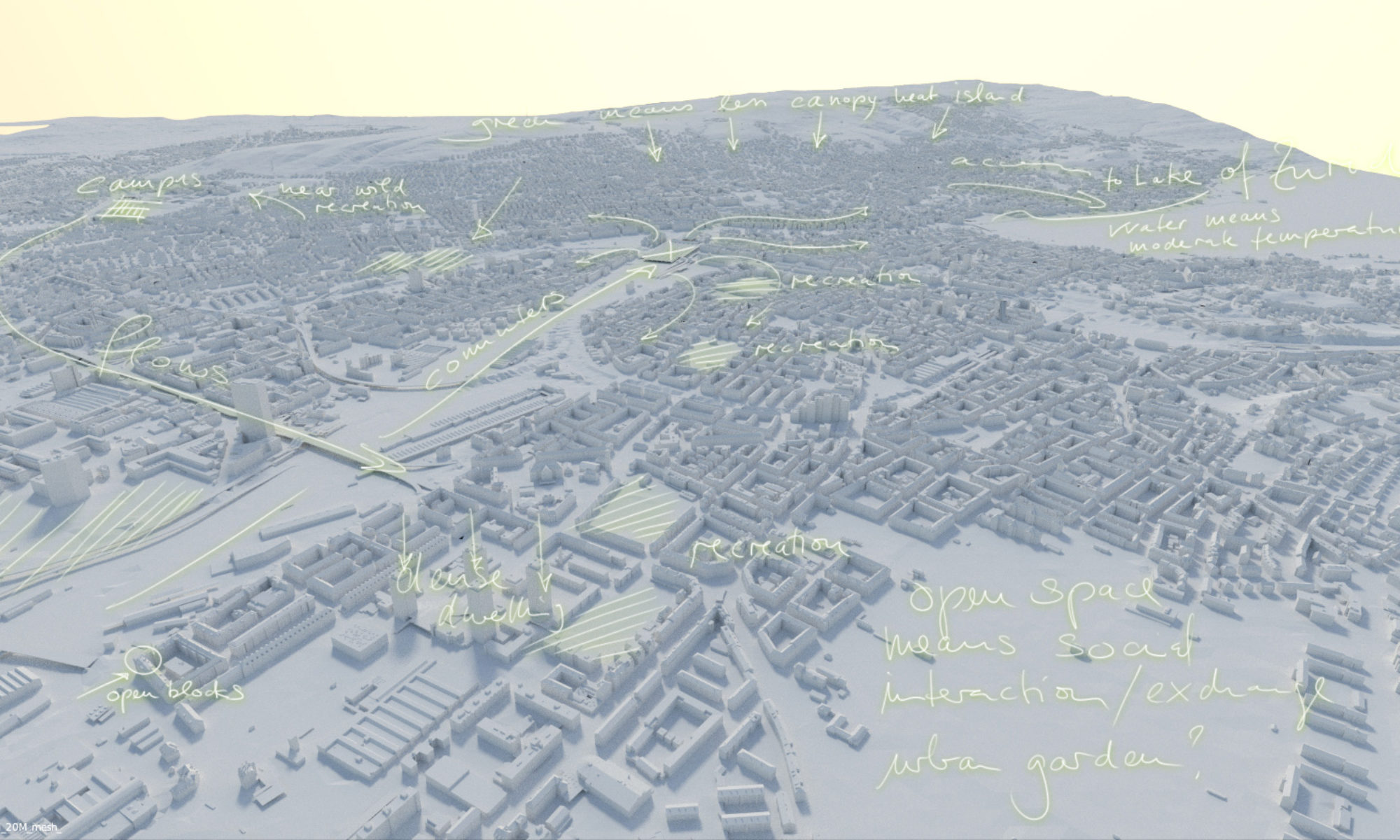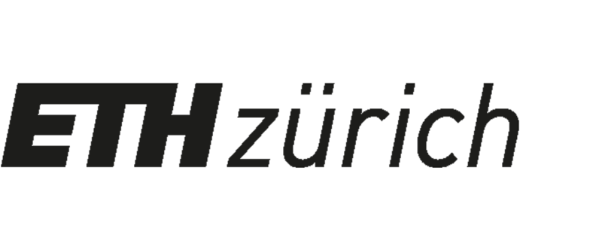Cooperative Urban Planning strategies by engaging Citizens Participatory Design Approach for Responsive Cities:
Towards More Liveable Urban Environments
Abstract
A city often changes and is activated from bottom-up and this characteristic of its fluidity and state of continuous flux strongly seeks for a feature of its responsiveness and adaptability. More specifically, it appeals for such systems that can adapt to local specificities and citizens necessities with the impact on their spatial and geometrical qualities and with a consideration to urban density, internal space, connectivity, diversity and in respect to differentiated local climate zones. But how can participants directly influence their environments towards better livability in respect to their desires and preferences?
Nowadays, the citizens are not really involved in the planning, design and decision making processes in the cities. Each citizen has own understanding what are the best criteria of livability, which very often differ from experts’ views. The main idea of this project is based on bottom-up requirements and tailored preferences of people engagement in rapidly changing societies, climate and broader cultural conditions. The research will refer to the social and environmental needs and the ability of the cities to adapt according to users’ necessities.
The goal of this research project is to gain new ideas of livability directly taken from the citizens and to develop a customised on-line platform where an urban environment can be sketched, proposed, modeled or re-modeled, explored and understood directly by the citizens taking into account their own preferences, desires and knowledge. By collecting, storing, analysing, discussing and presenting these citzens’ proposals for a broader audience of stakeholders and experts, we propose to establish also the Citizen Urban Laboratory as an interactive physical platform for every citizen and participant in the planning and decision-making process. To interact, discuss and cooperate efficiently we propose an engagement of current digital technologies such as augmented and virtual models of the investigated urban area that the Citizen Urban Laboratory will cover.
Such an approach will deliver efficient and novel urban participatory platform, accessible on-line and off-line that the citizens can interact and work with and in that way contribute to better livability in their neighbourhood, district, city. It will lead to an activation of citizens with broader social impact that will improve livability in our contemporary and future cities.
Introduction and motivation
In the last years, the smart technologies and lifestyle has gained new challenges in working, living and dwelling. On the other hand we face the rapid trend of growing cities with increasing dense population and diversity of city dwellers with their individual needs. The city is the place where we interact, communicate, move, share and participate.
The city faces new problems like overcome infrastructure: too large streets and parking garages in city centres, too many office spaces in an era of home-office and not needed production zones in the age of a globalised economy, to name only a few.
New needs arise: larger flats for home-office work, parks in the neighbourhood for instant recreation, urban places in the city that are temporary shared, by an increasing diversity of people, and these places build our new society.
And because living in the city could be more sustainable than living in the hinterland, the cities have the chance to grow in the right direction to cope the climate problems. Social safety and integration, health and sustainability are key for a liveable and lovable city life.
The ownership of the city has to be defined in a new way. The falling paradigm of car first creates new opportunities in city design. Digital media and culture open new ways of engaging. City dwellers engage with and organise the new city. They co-create and facilitate the social fabric of the city.
We start with important questions as Information Architects and Communicators and we ask: How can participants directly influence their environments towards better livability in respect to their desires and preferences? What kind of an adaptive urban system allows users to do it? How can an urban neighbourhood be directly influenced by its citizens? What is the exact role of digital technologies in this regard?
Main research questions
By thinking about this fact, the questions arise:
“How is it possible to reach and be involved as a citizen in the growth of liveable and lovable city in the next few decades?
“Why and where can I see my future in the city. Is it possible to propose, model and observe it?
“And why is there no such a model of our city like other cites have: Rotterdam, New York and London to name some, where the needs regarding the social, economic and ecologic growth are explained to our children, to all the citizens and stakeholders?
“And isn’t it so that our city would be profiting from the image transfer from this future model to the city itself, as a place where innovation grows within society?
” And last but not least: Why is there no future Urban laboratory as an on-line platform, a lab for citizens, incubators, inventors and innovators that need to profit for the city?
We see the future city model as a heart of the lab.
And why does a city not use this power of creativity from within society in many ways:
- to find new urban citizen-designed solutions to inform city planning?
- to reduce social costs by citizen design-based planning, because the citizen is the expert of the area he/she lives in,
- to fill the gap of the individually grown spare time of the citizen and let him take part in building of “our city” and grow its identity
- …
Why does our city miss to use the power of images and models and in form of showing creative people, innovators working in this lab and using it as the innovation platform of the city?
Main research goals
The research intends to find out:
How can laypersons be motivated to participate in such a process?
How can the city explain that sustainable city planning is an important need, not only nice to have?
How can be explained that the benefit of city planning and governance lies in health and livability of the city dwellers.
How has the know-how transfer from science to citizens be done?
How can the awareness of sustainable and responsible behaviour be fruitful in mutual interaction with experts and stakeholders?
We see pictures
… of citizens, innovators and experts working in design thinking workshops, sketching ideas and dreaming buildings in the atmosphere of the Citizen Urban lab, showing a city model, where sustainable growth is key and the advantages for all stakeholders can be seen in a visual and haptic way.
… of companies having sessions in this Citizen Urban lab, in which they want to use this creative drive and power to find so needed innovations.
We hear people saying
Our city is a place where creative industry nourishes the sustainable growth of everyone as well as the companies and economic growth.
Our city is for people, for citizens, not for cars. You can feel it on every square, the pedestrian is here more important then the cars are.
Our city is a place where social costs do not arise, because the city is the recreation area and the place where everyone feels good.
The social diversity is really in the society because all live in this city where the different groups interact with each other.
It is a green city, where trees, fountains, gardens and even parks grow together to one liveable and sustainable cityscape.
Integration of citizens into an open public discussion within the urban planning processes that meets the current research efforts in urban design can immensely improve liveability in our present and future cities. It is still unclear how to educate laypersons to develop their own ideas for a better liveable environment that they occupy and live in.
By a 3-stage communication process
i) citizens and experts,
ii) citizens as experts,
iii) experts and authorities,
the future process of city planning will be discussed, envisioned and communicated.
The existing research will be able to identify the guidelines and rules for a healthy and sustainable liveability in cities. It will integrate the bottom-up citizens’ stimuli, as each citizens has different criteria of an urban liveability.
Milestones
In the first step, the aim of the research project is therefore to extract criteria of liveability taken from citizens directly that can be integrated into a discussion and urban design processes in all stages. This builds the basic know-how and guideline for city dwellers and authorities to develop the city in a sustainable way.
In the second step, a visual and participatory planning session follows. By means of analogue and digital 2D sketching using currently being developed online application “SkiTy” as a communication attractor and a thinking tool, city dwellers are invited to learn about the needs of future and sustainable city planning. They can directly contribute to the problematic issues within urban area and collect their own common knowledge about the city.
In a haptic 3D model, and at the same time with digital visual library in any electronic device, the city dwellers can bring in their visions.
The third step, builds a haptic physical as well as augmented digital model based on previous observations and information / data collection. The outcome of the research shall be an augmented model – in the Citizen Urban Laboratory– integrating the city dwellers visions, needs, necessities, knowledge and findings.
Outcomes
Such a platform of Citizens Urban Lab as an on-line interactive and augmented space, will provide a variety of design solutions for a better liveable and lovable urban space. These will serve the city planners and decission-makers as a rich idea repository. Furthermore, the on-line smart application will collect additional information about the environment based on emotional measures and a cognitive mapping (level of area’s attraction, flows intensity, environmental density, environmental aesthetics, ways of navigation) in order to inform citizens and experts and allow them to develop their own ideas, intentions and proposals that can be used and communicated in planning and decision-making processes. Ideas to build upon are manifold.
The research will yield a new knowledge about qualitative and quantitative criteria of liveability provided directly by the citizens within particular urban area or areas of a city. The data will be embedded into an online database to inform digital urban visual library that citizens and experts will use as a design tool within a participatory and co-creative urban design process.
The app can be distributed and published later on to all people around the world in order to have an idea how to improve their own city environments that can be communicated with the experts and authorities. (Second level research and implementation.)
The project will provide not only a participatory design process with citizens but reveal scientific measures and citizens’ knowledge as an active part of whole communication and design process.
As such, the novelty of the project will lie in a combination of urban design, citizen science and direct communication between scientists, laypersons and authorities using appropriate digital technologies. Such a research intention will lead the way to the Citizen Design Science which will enhance the disciplines of urban planning and design and contribute to the discussion about the important need of sustainability in the liveable cities.

